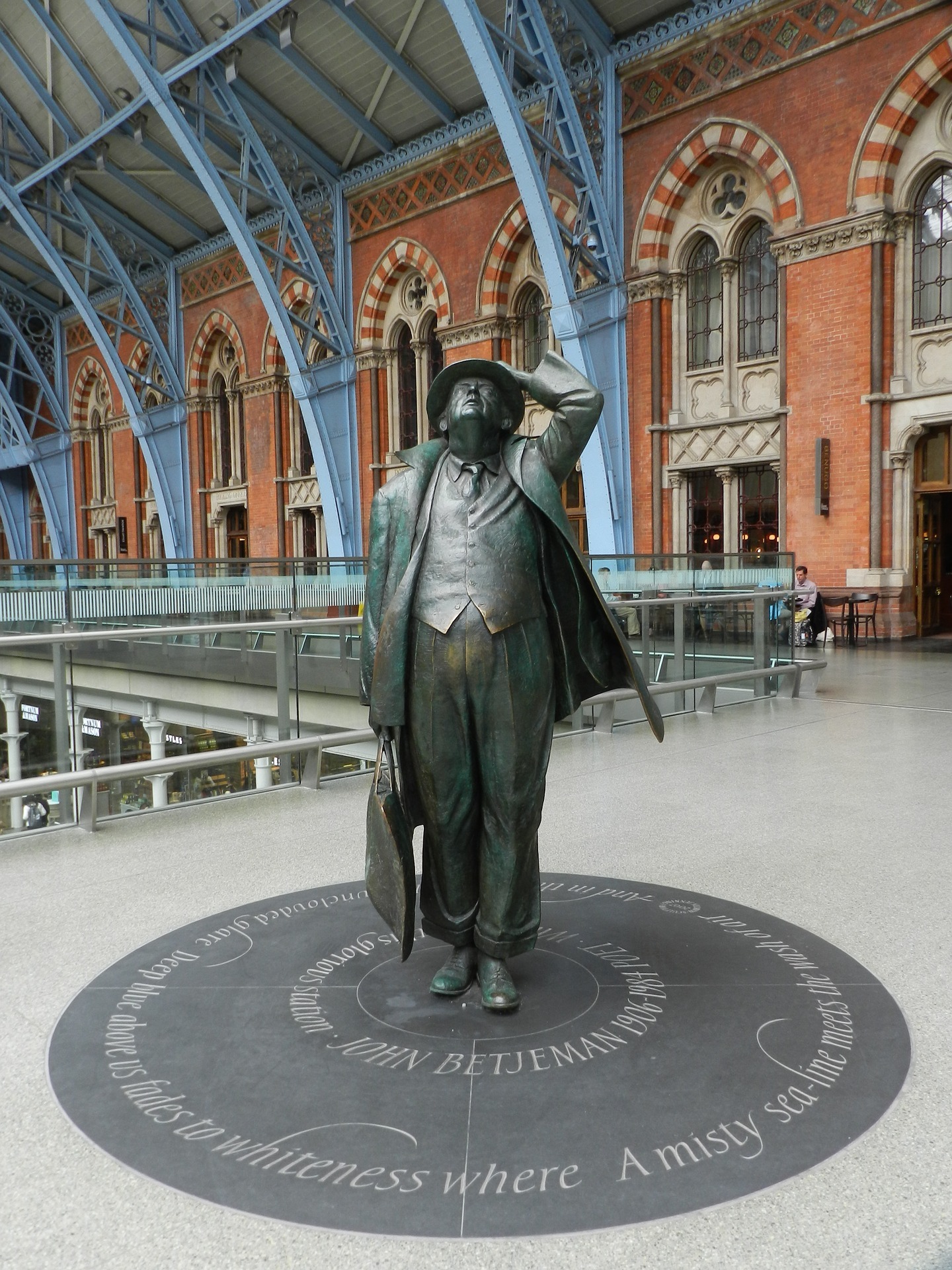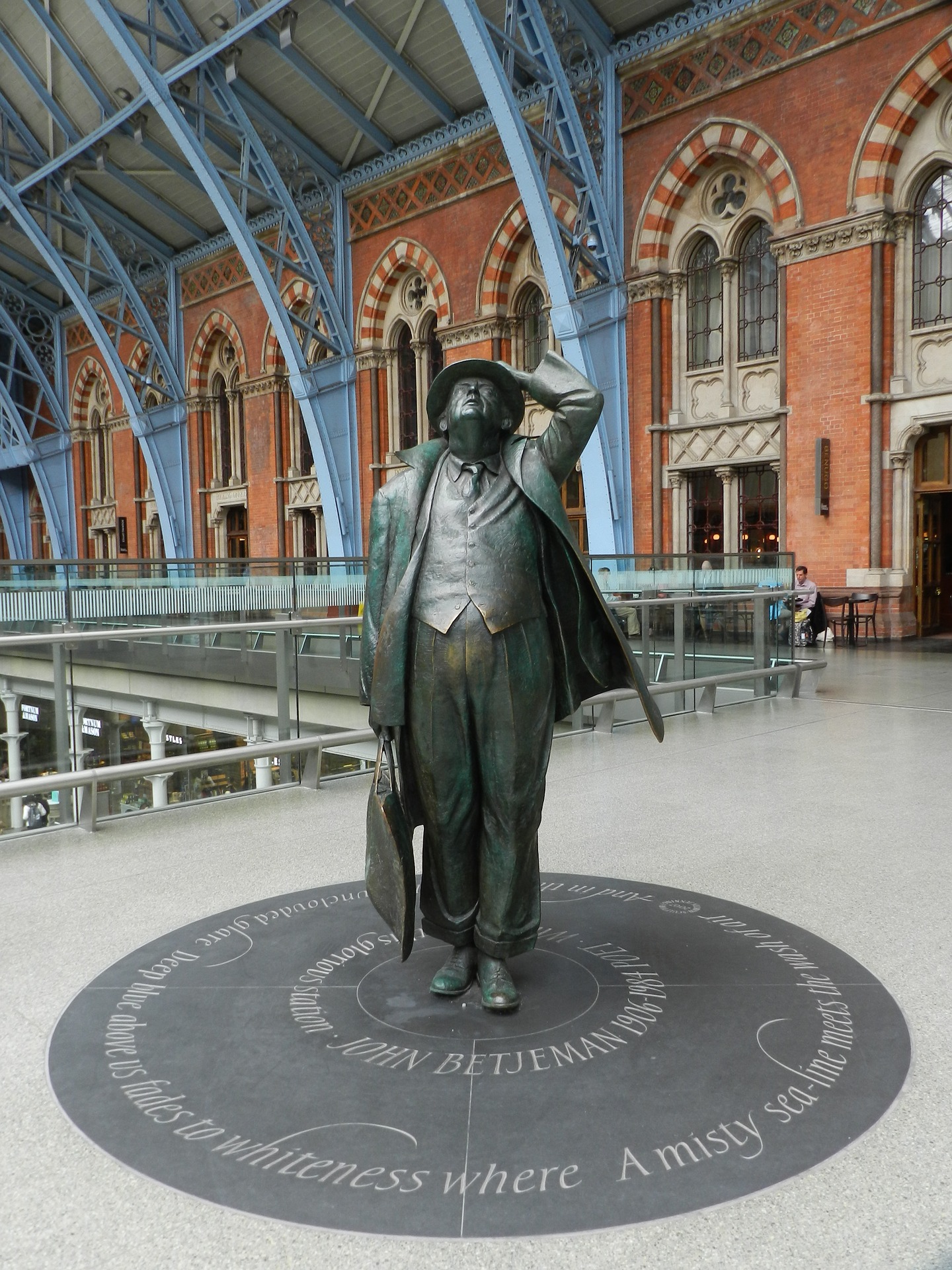
Destination station
If she’s lucky, Jo will find a parking spot for her Volkswagen Golf on the second level of Nottingham train station’s multi-storey. That way, she can walk straight into the main concourse without being slowed by lifts or escalators. If time allows, she’ll pick up a flat white and a flapjack from the station foyer’s independent coffee kiosk, before collecting her pre-booked travel tickets from one of several machines.
It’s a slick operation, and one that the forty year-old carries out on auto-pilot. The Marketing Manager from Ruddington, Nottingham, commutes to her employer’s London head office weekly, and is savvy on the ins and outs of catching the 7.55 to St Pancras.
The two and a half hour trip isn’t one she particularly relishes, but the facilities at the recently refurbished Nottingham station go a long way to making the journey more enjoyable.
“As a regular commuter, there are things you can’t control, like delays. But when you know you’ve got a decent station with ample parking, a choice of coffee stops and train operators committed to keeping their customers happy and informed, it makes a difference.”
With Nottingham as her base, Jo’s one of the luckier travellers. A recent survey of 28,000 passengers by Transport Focus voted Glasgow’s Queen Street station the worst in the UK - with only 58% rating it as satisfactory. The survey found top priorities for passengers were arrival time information, waiting rooms and the overall look of the station. Queen Street, Scotland’s third biggest station and currently in the midst of a £100m redevelopment, failed on all counts.
It’s perhaps not surprising that customers are demanding more from their rail travel experience than an uncomfortable bench, draughty platforms and polystyrene cups of coffee. The UK’s big city stations are now far more than functional travel hubs and a means to an end. They’ve upped their game and are taking full advantage of the endless flow of potential customers with facilities to rival, and in many cases overshadow, the average High Street.
Take the glamour and opulence of the stunningly restored London’s St Pancras - self-proclaimed ‘destination station’ and named second most popular in the same Transport Focus survey. Among its many attractions are an elegant champagne bar, easy access to Europe via Eurostar and a striking pink fluoro new Tracy Emin art installation.

And the recently transformed Birmingham New Street, now connected with the Bullring shopping centre and teeming with high end spending and fine dining options. Stations have become places to linger rather than hurry through on the way to elsewhere.
Leanne, another Nottingham to St Pancras regular admits to looking for excuses to hang around the London terminal:
“I’m usually running to catch my train but at times I’ve hoped for it to be delayed so I could spend some time in all the fantastic shops!”
“Although I work in London a lot, I love it when I get the chance to come here in my own time on a weekend. I like to have a glass of wine, people-watch from one of the cafes and check out Oliver Bonas. We don’t have that store at home so I like to take the chance when I can!”
But for all the opportunities for clothes shopping, socialising and all round good times at the UK’s revamped rail hubs, astronomical ticket prices and unreliable timetables still pose a threat to customer satisfaction, and keep train operators’ social media accounts busy around the clock. A scan of East Midlands Trains Twitter feed (@EMTrains) reveals a string of apologies to customers for delays caused by improvement works, changes to services and other common travel headaches.
The future is however, looking bright. With major investment in the UK’s railway infrastructure planned to allow longer, faster and more frequent trains to run, and Network Rail’s Chief Mark Carnes mooting a 24-hour service “in the not too distant future” train travel is a booming industry.
Back in Nottingham, Jo’s train pulls up to the platform half an hour late due to a signalling issue near Leicester. She could be annoyed, but with a smooth passage through the station’s well-planned layout, she’s paid for her car park and is on her way home within five minutes. And there was even time to pick up a pint of milk and a last minute birthday card in the station’s Co-op.
FACT FILE
The UK’s most popular stations:
London King's Cross - 96%
London St Pancras - 95%
Birmingham New Street - 92%
Reading - 92%
London Marylebone - 91%
Liverpool Central - 91%
Beaconsfield - 91%
Sheffield - 91%
Manchester Piccadilly - 91%
Glasgow Central - 91%
The UK’s most unpopular stations:
Glasgow Queen Street - 58%
Gatwick Airport - 66%
Oxford - 67%
Clapham Junction - 69%
Barking - 70%
Wimbledon - 71%
London Victoria - 72%
Highbury and Islington - 72%
Hull - 73%
Cardiff Central - 75%

Post a comment